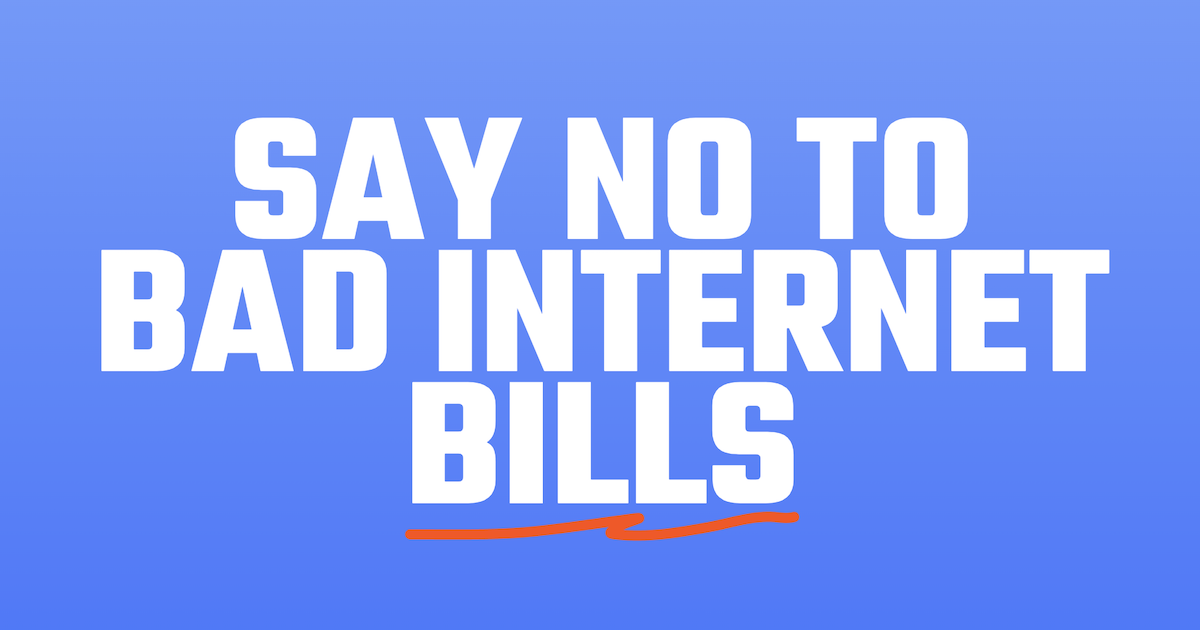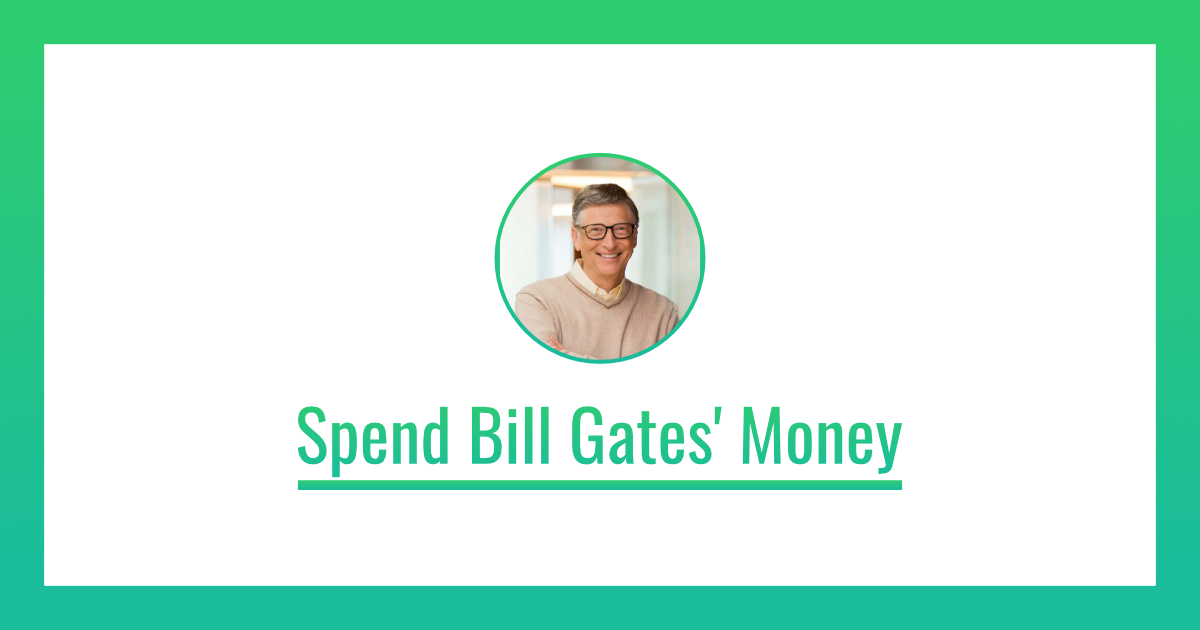- The Crabtree Collection
- Posts
- Propaganda, Misinformation, and Manipulation Tactics
Propaganda, Misinformation, and Manipulation Tactics
How to Spot Them and Protect Yourself
In today's world, it's more important than ever to be able to spot propaganda, misinformation, and manipulation tactics. These techniques are used by governments, corporations, and individuals to control our thoughts and behavior.
I’ve compiled just about everything you’ll need to know to stay one step ahead.
What is propaganda?
Propaganda is information that is spread deliberately to influence people's opinions or behavior (sorta like this newsletter 😜). It can be used to promote a particular point of view, to discredit an opposing point of view, or simply to spread confusion and distrust.
What is misinformation?
Misinformation is false or misleading information that is spread unintentionally. It can be spread through social media, email, or even word-of-mouth.
What is manipulation?
Manipulation is the act of influencing someone to do something they would not otherwise do. It can be done through persuasion, coercion, or deception.
How are propaganda, misinformation, and manipulation used to control us?
Propaganda, misinformation, and manipulation are used to control us in a number of ways. They can be used to:
Promote a particular point of view
Discredit an opposing point of view
Confuse and cause distrust
Influence our opinions and behavior
How can we spot them?
There are a number of things you can do to spot propaganda, misinformation, and manipulation, including…
Being aware of the source of the information. Is it a credible source? Is there a conflict of interest?
Considering the purpose of the information. Is it trying to sell you something? Is it trying to change your opinion on a particular issue?
Being critical of the information. Ask yourself if it makes sense. Is there any evidence to support it?
A continued awareness of your own biases. We all have biases that can affect how we interpret information. Try to be aware of your own biases and how they might be affecting your judgment.
Historical propaganda
Let’s take a look at a few examples of some very effective recruitment material:
American propaganda, "Uncle Sam Wants You"

This notorious poster from 1917, designed by J. M. Flagg, was used to recruit American men to fight in World War I. It was so effective that it was used again to recruit soldiers for World War II. The poster depicts Uncle Sam, a stern-looking man with a white beard, pointing at the viewer and saying "I Want You for U.S. Army." Uncle Sam is often used to represent the United States government or to promote American patriotism. This particular poster is considered one of the most famous propaganda posters ever created.
Nazi propaganda, "Work Sets You Free"

This German phrase, “Arbeit macht frei”, was used by the Nazis to promote their ideology of work and sacrifice. It was displayed (in a number of different forms) at the entrance to many concentration camps, including Auschwitz. It was used to deceive the prisoners into believing they could work their way to freedom, when they were actually being worked to death.
Chinese propaganda, "Chairman Mao Leads Us Forward!"

This was one of many posters created by Shaomin Li during the Cultural Revolution, a period of great political and social upheaval in China. This was a time of great turmoil, during which the government used propaganda to help maintain control of the population. The poster portrays Chairman Mao Zedong's face in a heroic pose, with sunbeams that extend from the circle around his head to symbolize his leadership and guidance. The message is simple: China is on the right track, and Mao is the one who will lead them into a better future.
Soviet propaganda, "The Motherland Is Calling!"

This poster, created by Irakli Toidze shortly after the German invasion of the Soviet Union in 1941, was used to rally Soviet citizens to fight in World War II. It shows a woman in a flowing red dress, holding a sword and calling to her sons to fight for their country. Joseph Stalin gave the order to have this design mass-produced and delivered to every Soviet recruiting station, as well as the offices of high-ranking military officers.
…or, some more recent propaganda
(in no particular order)
The Syrian Civil War: During the Syrian Civil War, both the Syrian government and the rebel groups have used propaganda to try to win the support of the international community. The Syrian government has used propaganda to portray itself as the legitimate government and to demonize the rebels as terrorists. The rebel groups have used propaganda to portray themselves as the legitimate representatives of the Syrian people, and to demonize the Syrian government as a brutal dictatorship.
The Iraq War: The United States government used propaganda as an attempt to justify the Iraq war. The government claimed that Iraq had weapons of mass destruction, and that they were a threat to the United States. No weapons of mass destruction were ever found.
The Brexit referendum: During the Brexit referendum, the Leave campaign used propaganda to try to convince people to vote to leave the European Union. The Leave campaign used propaganda to portray the EU as a undemocratic and bureaucratic institution that was harming the UK economy. The Remain campaign used propaganda to portray the EU as a valuable economic and political partner that was essential to the UK's future.
The 2020 US presidential election: During the 2020 US presidential election, both the Trump and Biden campaigns used propaganda to try to win the election. The Trump campaign used propaganda to try to discredit the Biden campaign and to sow doubt about the election results. The Biden campaign used propaganda to try to portray itself as more experienced and qualified.
The Russian invasion of Ukraine: During the Russian invasion of Ukraine, Russia has used propaganda to try to justify its invasion and to demonize Ukraine. Russia has claimed that it is invading Ukraine to "demilitarize and denazify" the country. However, there is no evidence of Ukraine being a threat to Russia, and the Ukrainian government does not have any known Nazi ties.
The COVID-19 pandemic: During the COVID-19 pandemic, both governments and corporations have used propaganda to try to influence public opinion about the pandemic. Regardless of personal opinion, it is clear that governments have used propaganda to try to convince people to get vaccinated and to follow public health guidelines. Corporations have also used propaganda to try to sell their products, such as hand sanitizer and face masks.
Those are just a few examples, but this has been going on since (at least) the beginning of recorded history. Propaganda is a powerful tool that can be used to win elections, wage wars, suppress information, and influence public opinion.
Person of Interest: George Orwell
George Orwell was a British writer who is best known for his novels "Animal Farm" and "1984". He was a strong critic of totalitarianism and propaganda. He believed that propaganda could be used to control minds and manipulate people into doing things that were not in their best interest.

various different “1984” book covers, The Guardian, 2019
Orwell's work is still relevant and influential today. In the age of social media and fake news, it is more important than ever to be able to spot propaganda and to protect ourselves from its effects.
Six ‘telling signs’ to help you spot propaganda
Look for emotional appeals. Propaganda often uses emotional appeals to try to sway your opinion. For example, it might use images of suffering children or animals to make you feel sympathy for a particular cause. Another example would be using imagery of iconic landmarks to evoke feelings of patriotism, pride, or a sense of shared identity.
Look for oversimplification. Propaganda often simplifies complex issues to make them easier to understand. This can be dangerous because it can lead to people making decisions based on incomplete or inaccurate information.
Look for scapegoating. Propaganda often uses scapegoating to blame someone or something else for a problem. This can be used to divert attention away from the real cause of a problem or to justify taking action against a particular group of people.
Look for loaded language. Propaganda often uses loaded language to make certain ideas or groups of people seem more appealing or threatening than they really are. For example, it might use terms like "freedom fighter" or "terrorist" to describe the same person, depending on who is doing the describing.
Look for logical fallacies. Propaganda often uses logical fallacies to persuade the audience. Logical fallacies are errors in reasoning that are used to make a point seem more convincing than it really is.
Beware of stereotypes. Propaganda often relies on stereotypes to make its point. Stereotypes are generalizations about a group of people that are often inaccurate or harmful.
If you see or hear something that you think might be propaganda, do some research to find out more about the issue. Talk to people who have different perspectives on the issue. And never be afraid to question the information you are given.
How can we protect ourselves?
There are a number of things you can do to combat propaganda and misinformation! Some may seem obvious, but here they are anyway:
Be critical of the information you see and hear. Don't just accept everything you read or hear as fact.
Get your information from a variety of sources. This will help you to get a more balanced view of the issue.
Be aware of your own biases. We all have biases that can affect how we interpret information. Try to be aware of your own biases and how they might be affecting your judgment.
Use fact-checking websites. There are a number of websites that can help you to verify the accuracy of information (I use this one the most) (but here are more options, along with a ton of great information) (and a more exhaustive list of fact-checking sites).
Be skeptical of information that is shared on social media. Social media is a breeding ground for misinformation. Be careful about what you share and what you believe, and be especially weary when using centralized platforms.
The importance of encryption
Encryption is the process of converting information into a code that can only be read by those who have the key. Encryption is used to protect sensitive information, such as passwords, credit card numbers, and medical records. It is also used to protect communications, such as emails and phone calls.
Encryption means that information cannot be tampered with between sender and receiver, which makes it an important tool for preventing propaganda, misinformation, and manipulation. When communications are encrypted, it is more difficult for governments and other organizations to spy on people and to spread propaganda.
In recent years, the right to encryption has come under fire. Governments around the world have been demanding that tech companies weaken encryption so that they can more easily access people's data. These governments argue that they need to be able to access people's data in order to prevent (mainly) terrorism and CSAM (Child Sexual Abuse Material). While that may hold some truth, weakening encryption would still make it much easier for governments and corporations to spy on people and suppress dissent.
The debate over encryption is likely to continue indefinitely, at least until we lose the right to use it. One thing’s for certain: encryption is absolutely integral when it comes to protecting people's privacy and freedom of speech.
Benefits of decentralization and open-source software
Decentralization and open-source software are two, equally important tools that can help protect us from propaganda, misinformation, and manipulation.
Decentralization means that there is no central authority controlling a system. This makes it more difficult for anyone, namely the rich and powerful, to control or manipulate the system.
The term “open-source” refers to any software where the human-readable source code is publicly available. This means that anyone can inspect the code to make sure that it is not doing anything malicious.
There are a number of examples of open-source and decentralized software. Some of these include:
Bitcoin, and other crypto: Bitcoin is a decentralized digital currency, or “cryptocurrency”, that is not controlled by any central authority. There have been thousands of unique cryptocurrencies released since Bitcoin dropped in 2009, so it can be difficult to tell which one to use. I’m partial to Cardano (ADA), as its development is research-driven and peer-reviewed, but it is far from the only viable option. I might just have to do a deep dive into cryptocurrency for one of the next issues :)
Tor Browser: Tor Browser is a free and open-source web browser that allows you to browse the internet anonymously. It also allows you to connect to “.onion” websites, i.e. the deep/dark web. Contrary to what the media would like you to believe, the deep web is not just a haven for sex crimes and drug deals. It’s also a place for free-flowing ideas, and a respite from censorship. It kind of reminds me of how the clearnet (websites you can access in a regular browser) was in its hayday.
Minds: A social media platform designed as a more open and transparent alternative to traditional social media platforms like Facebook and Twitter. Minds allows users to control their own data, and gives the option to earn cryptocurrency for creating and sharing content. If you use my link when signing up, I’ll get a small bonus! This costs you nothing, but still, please don’t feel obligated. Anyway, the platform has a clear focus on free speech, and a strong commitment to user privacy. And most of all, I think it’s really great!
Signal Messenger: Signal is a free and open-source messaging app that’s end-to-end encrypted. It’s my preferred choice for most of my daily communication, and I find its voice messaging feature to be very intuitive. Signal is trusted by government officials and grandparents alike. Plus, you can use it without having to keep track of yet another username/password, since login is tied to your phone number.
I’ve only given a few key examples of the (many) ways that decentralization and open-source software can help protect us from being influenced by propaganda, misinformation, and manipulation. By using the tools listed above, we can help to ensure that our information is free from interference.
Now that we’ve taken care of that business, let’s move on to the fun stuff!
The Fun Stuff
(I’m not sponsored by anyone; I curated these myself)
Thanks for tuning in. I appreciate you!
- Eli
If you liked this, please share my newsletter (crabtree.beehiiv.com) with a friend or family member. It helps me, and hopefully it will help them too :)
Or, use my referral link to buy yourself my favorite budget Bluetooth speaker. It is also an excellent Father’s Day gift: it sounds great, gets surprisingly loud, it’s waterproof and floats in water, and it even has a built-in bottle opener! I currently own a previous version of this same speaker, and it sh*ts all over my old JBL Flip, which cost more than twice as much.







